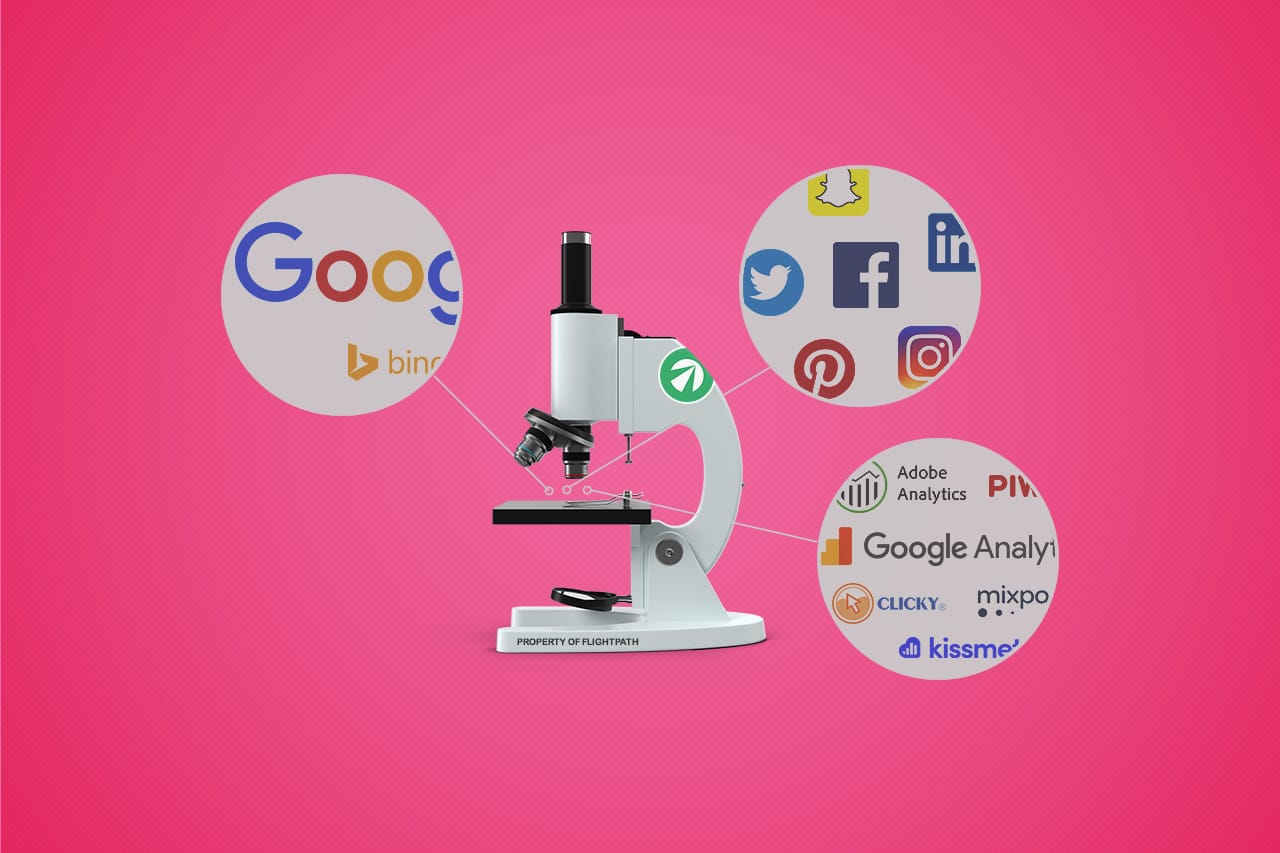Let’s be clear about something. There is no one-size-fits-all when it comes to marketing. Your company is unique, your goals come from those unique needs, and the way you target your audience should be supportive of it all. These rules apply to landing pages, just like they apply to any other type of advertising; from […]
Let’s be clear about something. There is no one-size-fits-all when it comes to marketing. Your company is unique, your goals come from those unique needs, and the way you target your audience should be supportive of it all.
These rules apply to landing pages, just like they apply to any other type of advertising; from social media ads to direct mail. So is a landing page right for your needs? Let’s take a look at a few factors.
The basics
If you’ve never used them before, landing pages work to optimize conversion and lead generation for your business. They provide a clean, simple place to direct customers who have clicked on your ads in places like search engine marketing or paid media. An important part of strategy is considering what ads brought a viewer to your landing page.
Landing page vs. website
Although landing pages can be designed to match the look and feel of your website, the two serve different purposes. While a website may be more informative, a well-optimized landing page has one main goal: to convert. Landing pages are more adaptable to quick changes, provide detailed traffic analytics, and are streamlined to persuade the visitor to act.
Best practices for information
In general, landing pages are kept simple. It’s a place to lightly expand on the ad that directed a consumer there, with a call-to-action that is up-front and easy to understand. This could be anything from getting a special offer, to unlocking special content–all in exchange for an email address or other information.
Ideas to keep in mind:
- Focus on your offering. While there can be additional brand info, remember the consumer clicked to this page to learn more about the offer.
- Main points “above the fold.” Although some people may scroll deeper into the page, others may want to cut to the chase right away.
- Quick CTAs. Final action/lead gen forms should be easy to find and fill out. Keep requested info as simple as possible for higher lead rates.
Does this align with your brand needs?
After learning more about how a well-optimized landing page supports company outreach, ask yourself these questions:
- Are you looking to connect with more consumers?
- Do you have something to offer in return for their info?
- Do you have a strategy in place for how to use the data you collect?
If you can say yes to any of these questions, a high quality landing page is a useful next step to expanding your audience and growing your business.














